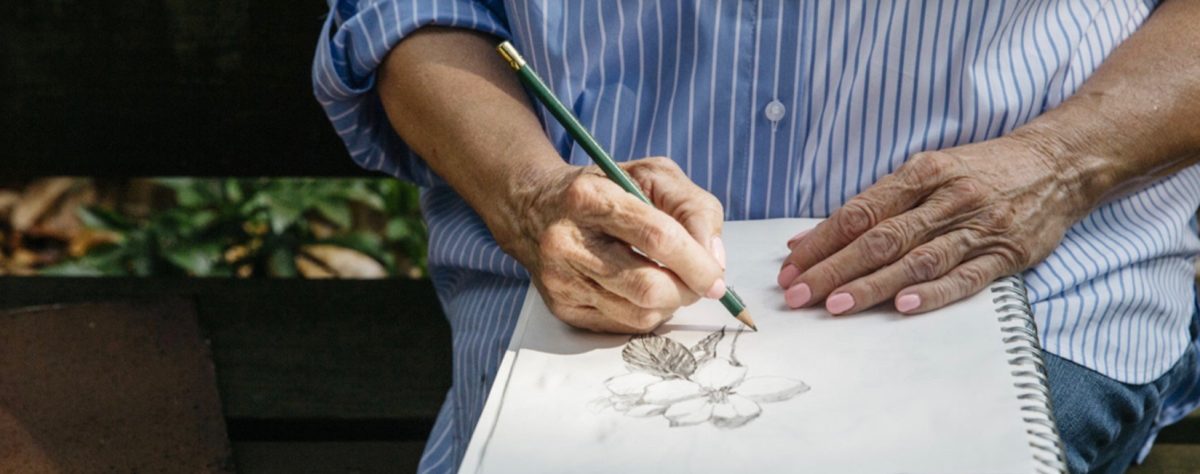
Yellow is yellow. Or so it would seem. Or is it? Yellow has many variations though it doesn’t appear to. When painting a daffodil or a sunflower, are there any yellows that can be used besides Lemon Yellow or Indian Yellow, my favorites? I confess to a dislike of any variations of yellow other than these two. If I need to paint shadows in either Lemon or Indian Yellow, I most often use purple for Lemon Yellow and Prussian Blue for Indian Yellow. But what about painting those little nuances in petals that can quickly go flat with too much of the purple/blue additions? Digging around in my yellow paint drawer, at the very back I come up with Yellow Ochre.

Yellow Ochre comes in just about every packaged starter set of paint, oil, acrylic or watercolor. If you’ve ever bought a set, have a look. In every medium-sized set, yellow ochre is nearly always the second yellow. Sometimes buying a set can be less expensive than a single tube, if there is a sale on. When I get those, it’s usually for the browns. The yellows promptly get thrown to the back of the drawer until spring flowers pop up. Then back in the drawer again until late summer when the sunflowers are in force. That’s when I realize I am dissing a timeless classic.
Winsor Newtontells the story of how Yellow Ochre is an earth-based pigment, a staple of artists until the 19thcentury when synthetic Mars Yellow took over. Pigments through the Ages says that original Yellow Ochre is made from silica, clay and an iron oxide derivative, goethite. Today’s Yellow Ochre is almost entirely made in a lab but don’t let that keep you from choosing this originally earth based paint in the painting of earth subjects.

In painting daffodils and sunflowers, Yellow Ochre is the winner for the subtle variances in petals. Yellow Ochre can also be quite effective in the variations of bird feathers as most birds are colored naturally in earthy hues. While Yellow Ochre comes up as number 6 on my list of essential Yellows, it is never the less essentially, essential. When adding a bit of dirt in your art, don’t forget this important yellow once made from dirt.




